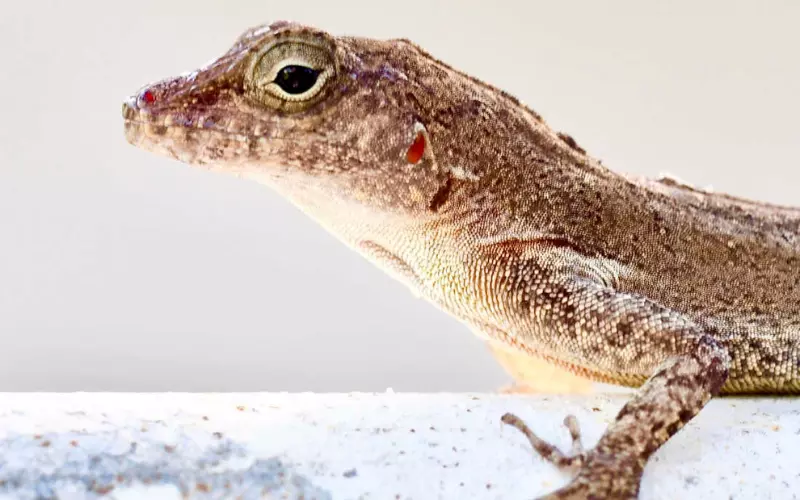Welcome to our blog post on the fascinating world of lizards! Lizards are reptiles, which means they are a part of the animal kingdom. They belong to a larger group of creatures called reptiles, which includes animals like snakes, turtles, and crocodiles. Lizards are known for their unique characteristics and intriguing history.
Let’s dive into the history part first. Lizards have been around for millions of years, even before the time of dinosaurs! They have survived numerous environmental changes and adapted to different habitats over time. There are more than 6,000 species of lizards, each with its distinct features and behaviour.
Now, let’s talk about some interesting facts about lizards. Did you know that lizards come in various sizes? Some lizards, like the tiny dwarf gecko, can fit comfortably on your fingertip, while others, like the mighty Komodo dragon, can grow up to 10 feet long! Lizards are found in different habitats all around the world, from deserts to rainforests and even on remote islands.
As for their classification, lizards are grouped into different families based on their physical characteristics and genetic makeup. Some well-known families of lizards include iguanas, geckos, and chameleons. Each family exhibits distinct behaviours and adaptations that make them unique in the animal kingdom.
So, if you are interested in learning more about these scaly creatures, stay tuned for our upcoming blog posts, where we will explore different types of lizards, their habits, and much more. Get ready to uncover the captivating world of lizards and discover why they are such incredible animals.
History of Lizard

The history of lizard animals dates back millions of years. These fascinating creatures have evolved and adapted to various environments throughout history. Lizards belong to a group of reptiles called squamates, which also include snakes. They are known for their scaly skin, slender bodies, and ability to shed their tails.
Lizards have a rich fossil record, with some species being found in ancient rocks that are over 200 million years old. They have played an essential role in Earth’s history, as they were one of the first groups of reptiles to emerge and diversify during the Mesozoic Era, which is often referred to as the Age of Reptiles. Their ability to adapt allowed them to thrive in different habitats worldwide.
Over time, lizards have developed unique characteristics to survive in various environments. Some species, like chameleons, are masters of camouflage, able to change their skin colour to blend in with their surroundings. Other lizards, such as geckos, have adapted to climbing walls and ceilings by evolving special adhesive pads on their feet, allowing them to stick effortlessly. These adaptations have helped lizards survive and thrive in diverse ecosystems, from rainforests to deserts.
Today, there are thousands of lizard species, each with its distinctive features and behaviours. They are found on every continent except Antarctica and have established themselves as an important part of many ecosystems. Whether it’s the colourful iguanas of the Galapagos Islands or the tiny anoles found in gardens, lizards continue to captivate us with their ancient history and incredible abilities.
Importance of Lizard

Lizards are fascinating animals that play an important role in our ecosystem. These creatures are found in many different parts of the world, from deserts to rainforests. They are cold-blooded animals, which means that their body temperature depends on the temperature of their surroundings. This allows them to adapt to various environments and survive in extreme conditions.
One reason why lizards are important is because they help control the population of insects. Lizards are natural predators of insects such as mosquitoes, flies, and beetles. By eating these pests, lizards help keep their numbers in check and prevent the spread of diseases. Without lizards, insect populations could grow out of control, causing harm to plants, animals, and even humans.
Another importance of lizards is their ability to indicate the health of an environment. Lizards are known as bioindicators, which means that their presence or absence can reflect the overall health of an ecosystem. Their sensitivity to environmental changes makes them great indicators of pollution levels and habitat quality. By studying the lizards in a particular area, scientists can gain valuable insights into the overall condition of the environment.
Lizards are important animals in our ecosystem. They help control insect populations and serve as bioindicators for the health of our environment. Understanding their significance and protecting their habitats is crucial for maintaining a balanced and healthy ecosystem.
Amazing Facts About Lizard
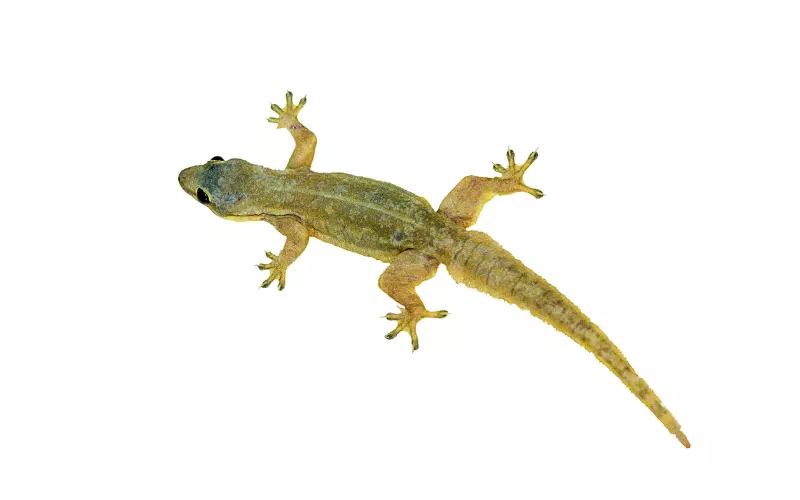
1. Lizards are reptiles that belong to the larger group called Squamata.
2. There are around 6,000 different species of lizards found all over the world except for Antarctica.
3. They come in various shapes and sizes, with some being as small as a few centimetres and others growing as long as several feet.
4. Lizards are cold-blooded, which means their body temperature changes according to the temperature of their surroundings.
5. These animals have dry, scaly skin that helps them retain moisture and protects them from predators.
6. Lizards can be found in various habitats like deserts, rainforests, grasslands, and even in some urban areas.
7. They have four legs, a long tail, and sharp claws that allow them to climb trees, walls, and rocks with ease.
8. Most lizards are insectivores, meaning they mainly feed on insects like ants, beetles, and grasshoppers.
9. However, some larger species of lizards have a more diverse diet and can consume small mammals, birds, and even other lizards.
10. Many lizards are known for their unique defence mechanisms, such as the ability to detach their tails when threatened by a predator.
11. Some lizards, like the chameleon, can change their skin colour to match their surroundings, helping them blend in and hide from predators.
12. Lizards have excellent eyesight and can detect movement from long distances, allowing them to spot potential prey or threats.
13. Many lizard species are capable of regrowing their tails if they lose them, although the new tails may be shorter or have a slightly different shape.
14. Female lizards lay eggs, which they bury in the ground or protect inside nests until they hatch.
15. Lizards have been on Earth for millions of years and have adapted to various environments, showcasing their incredible resilience and survival skills.
Can we keep Lizard as our Pet?
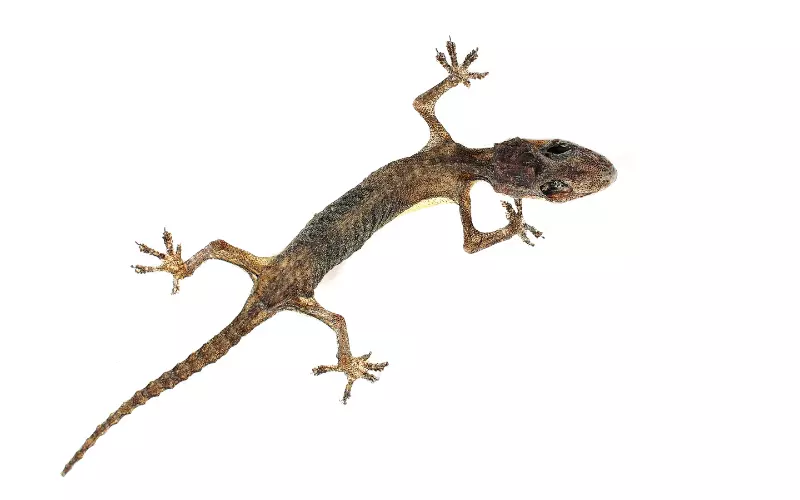
Lizards are fascinating animals that some people may want to keep as pets. However, it is important to consider whether lizards make suitable pets for our homes.
Firstly, lizards require specific living conditions to thrive. They need a properly set up habitat with the right temperature, lighting, and humidity levels. This can be quite challenging to maintain for some people, especially for those who are not familiar with caring for reptiles. Additionally, lizards have specific dietary needs, often requiring live insects or other small prey items. Providing the proper diet can be expensive and time-consuming.
Secondly, some lizards can be difficult to handle. Unlike cats or dogs, lizards typically do not enjoy being held or cuddled. They are not as social as other pets and may become stressed or aggressive if they are handled too much. This can make it difficult for owners, especially children, to interact with their pet lizard in a way that makes both parties happy.
Lastly, it is important to consider the well-being of the lizard itself. Often, lizards are captured from the wild and sold as pets. This can lead to a decline in lizard populations and disrupt ecosystems. Furthermore, keeping a lizard as a pet requires commitment and responsibility. Owners must be prepared to provide proper care for the lizard throughout its lifespan, which can be several years or more, depending on the species.
While some people may find lizards fascinating and want to keep them as pets, it is crucial to consider the specific needs of these animals and their well-being. Lizards require specialized habitat-specific diets and do not typically enjoy being handled. Additionally, their capture and sale as pets can negatively impact lizard populations and ecosystems. It is essential to educate ourselves about the care requirements and consider the ethical implications before deciding to keep a lizard as a pet.
Size of Lizard
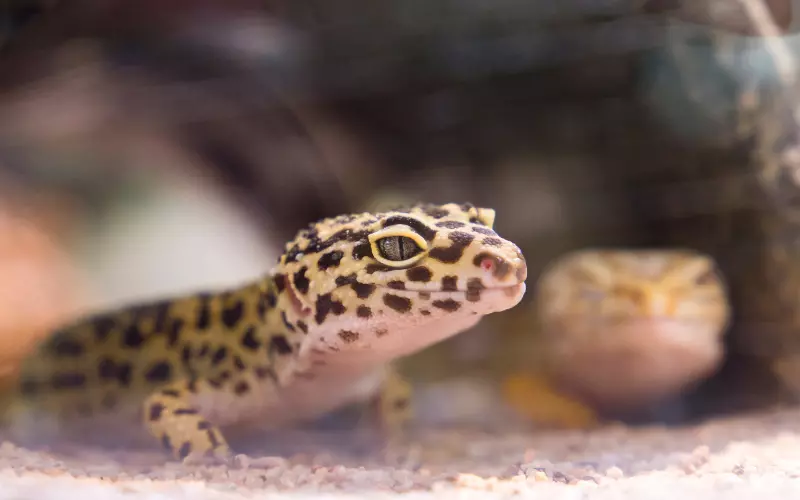
Lizards are fascinating creatures that come in various sizes. Some lizards are big, while others are small. The size of a lizard can depend on the species and where it lives. Let’s explore the different sizes of these amazing reptiles!
Firstly, let’s talk about the big lizards. The Komodo dragon is the largest lizard in the world. It can grow up to 10 feet long and weigh over 300 pounds! Imagine seeing a lizard that is even taller than most adults! Another big lizard is the Argentine black and white tegu, which can reach up to 4 feet long. These larger lizards have strong bodies and powerful jaws, making them formidable predators in their habitats.
On the other end of the spectrum, we have small lizards. The tiny dwarf gecko is one of the smallest lizards, measuring only about an inch long. It is so tiny that it can fit on the tip of your finger! Anoles are another type of small lizard. They are commonly found in gardens and can grow up to 5 inches long. Despite their small size, these lizards are quick and agile, blending into their surroundings and making it hard for predators to spot them.
Lizards come in a range of sizes, from the gigantic Komodo dragon to the tiny dwarf gecko. Their size can vary depending on their species and habitat. Whether big or small, lizards are remarkable creatures that showcase nature’s diversity.
Habitat of Lizard
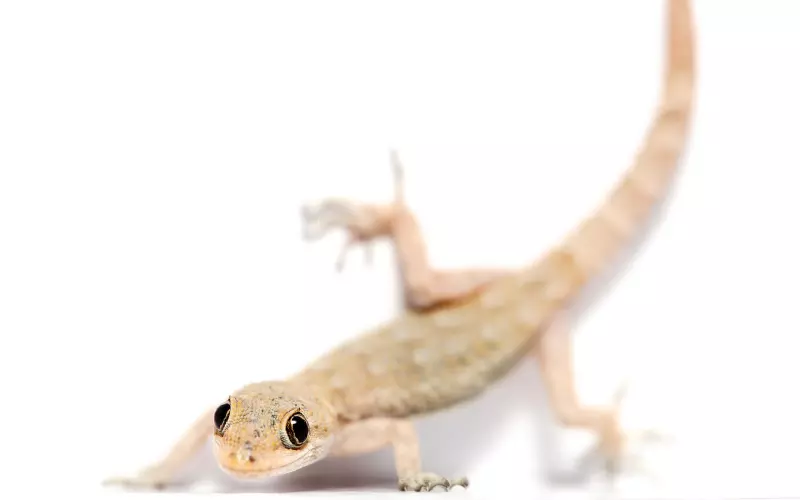
Lizards are fascinating creatures that dwell in a variety of habitats around the world. These habitats provide them with the necessary resources to survive and thrive. One common habitat for lizards is the desert. In these arid regions, lizards have adapted to the harsh conditions by developing scaly skin that helps them retain moisture. They are often found hiding under rocks or in crevices to escape the blazing sun and avoid predators. Desert lizards are skilled climbers and are able to move swiftly across the sand to catch insects and small prey.
Another habitat that lizards commonly inhabit is the rainforest. These dense and lush environments offer a rich food source for lizards, including a wide array of insects and small animals. Rainforest lizards have developed unique camouflage techniques to blend into their surroundings, helping them both in hunting and hiding from predators. Due to the humid climate, lizards in rainforests have evolved to be excellent climbers and have specialized feet that enable them to grip tree branches with ease.
Lizards also make their homes in grasslands and savannahs. These open habitats provide lizards with plenty of space to bask in the sun, which is essential for regulating their body temperature. Grassland lizards are adapted to move across fields and hunt insects swiftly, and they often rely on their keen eyesight to detect any potential threats. Their ability to swiftly change direction and camouflage themselves in the grass helps them to both capture prey and avoid predators.
These various habitats showcase the wide diversity of lizards and their ability to adapt to different environments. Understanding their habitats allows us to appreciate and protect these marvellous creatures that play a vital role in our ecosystems.
Classification of Lizard

Lizards are a group of reptiles that belong to the larger family known as squamates. They can be found in various parts of the world, from tropical rainforests to hot deserts. These fascinating creatures can come in different sizes, shapes, and colours. While they may all look similar, lizards can actually be classified into three main types based on their physical characteristics: iguanians, goannas, and geckos.
The first type of lizard is called an iguanian, which includes popular lizards like the green iguana and the chameleon. Iguanians are known for their long tails and the ability to change colours. They have excellent climbing skills, and some can even detach their tails to escape from predators. These lizards are usually found in warm and tropical regions.
The second type of lizard is the goanna, also known as the monitor lizard. Goannas have strong limbs and sharp claws, which enable them to climb trees and dig burrows. They have a long, forked tongue that helps them gather information about their surroundings. Goannas are larger than iguanians and are often found in Australia, where they eat insects, birds, and even small mammals.
The third type of lizard is the gecko, which is well-known for its ability to climb walls and even walk upside down! Geckos have adhesive pads on their feet that enable them to stick to various surfaces. They also have unique eyes that can see in the dark. Geckos are found in many parts of the world and come in a wide range of sizes and colours, making them very diverse.
Lizards can be grouped into three main types: iguanians, goannas, and geckos. Each type has its unique characteristics and adaptations to survive in their respective habitats. Learning about these classifications helps us understand the incredible variety of lizards that exist in our world.
Different Types of Lizard

1. Green Anole (Anolis carolinensis): These small lizards are commonly found in the Southeastern United States. They can change their colour from green to brown for camouflage purposes. Green Anoles are known for their acrobatic climbing abilities and their vibrant dewlap displays during mating or territorial disputes.
2. Leopard Gecko (Eublepharis macularius): Native to the deserts of Pakistan and Afghanistan, leopard geckos are a popular choice for pet owners. They have distinctive patterns and a unique ability to vocalize using soft chirping sounds. These lizards are also known for their gentle temperament and ease of handling.
3. Bearded Dragon (Pogona spp.): Originating from Australia, bearded dragons have gained popularity as pets due to their docile nature and unique appearance. They have spiky “beards” that can be puffed out as a defensive display. These lizards are also known for their ability to change the colour of their skin.
4. Blue-tongued Skink (Tiliqua spp.): Blue-tongued skinks are native to Australia and are named after their bright blue tongues. They have a robust build and distinctive scales, which protect them from predators. These lizards have become highly sought-after pets due to their gentle nature and fascinating tongue displays.
5. Tokay Gecko (Gekko gecko): Native to Southeast Asia, the Tokay Gecko is famous for its loud vocalization, often described as a repetitive “to-kay” call. These lizards are known for their vibrant blue tongues and their ability to climb various surfaces, even glass. They are highly adaptable and can thrive in urban environments.
6. Crested Gecko (Correlophus ciliatus): This unique species of gecko is native to New Caledonia. They have a conspicuous crest running from their head to tail, which makes them visually striking. Crested geckos are also known for their ability to regenerate lost tails and their ability to climb vertical surfaces using specialized toe pads.
7. Chameleon (Chamaeleonidae family): Chameleons are famous for their extraordinary ability to change colour and blend into their surroundings. These arboreal lizards are found in various parts of the world, including Africa, Madagascar, and the Arabian Peninsula. Chameleons have exceptional eyesight, independently moving eyes, and a long, sticky tongue for catching prey.
8. Gila Monster (Heloderma suspectum): Native to the southwestern United States and northwestern Mexico, the Gila Monster is a venomous lizard with a distinctive pattern of orange and black markings. These lizards have a reputation for being slow-moving and docile, but their venom contains powerful neurotoxins.
9. Frilled Lizard (Chlamydosaurus kingii): Found mainly in northern Australia and New Guinea, frilled lizards are renowned for their intimidating display. When threatened, they open their mouth wide, unfurl a large frill around their neck, and hiss loudly. This display serves to scare off potential predators and make the lizard appear larger.
10. Komodo Dragon (Varanus komodoensis): The largest living lizard species, the Komodo Dragon is native to the Indonesian islands of Komodo, Rinca, Flores, and Gili Motang. They are impressive hunters with sharp teeth, powerful jaws, and a nasty bite. Komodo Dragons can weigh up to 150 kilograms and are known for their ability to take down large prey.
Geographical Presence of Lizard

Lizards are found in various regions around the world. They can be seen in deserts, jungles, forests, grasslands, and even in some urban areas. These reptiles are cold-blooded, which means their body temperature is the same as the surrounding environment. This allows them to adapt and thrive in different climates and habitats. However, there are certain places where lizards are not commonly found.
One region where lizards are not typically found is Antarctica. This icy continent is incredibly cold, with temperatures often dipping far below freezing. Lizards, being cold-blooded animals, require warm environments to survive. Therefore, they are not able to live in such freezing temperatures and are not found in this region.
Another place where lizards are not commonly found is the ocean. Lizards are primarily terrestrial creatures, meaning they live on land. While some lizard species can swim or live near bodies of water, they are not adapted for a fully aquatic lifestyle. They lack the necessary adaptations, such as specialized limbs or gills, to survive underwater for extended periods. Therefore, lizards are not typically found in the ocean.
Lizards are found in various regions around the world, including deserts, jungles, forests, grasslands, and even some urban areas. However, they are not typically found in regions like Antarctica, where temperatures are extremely cold, or in the ocean, as they are primarily terrestrial animals.
Diet of Lizard
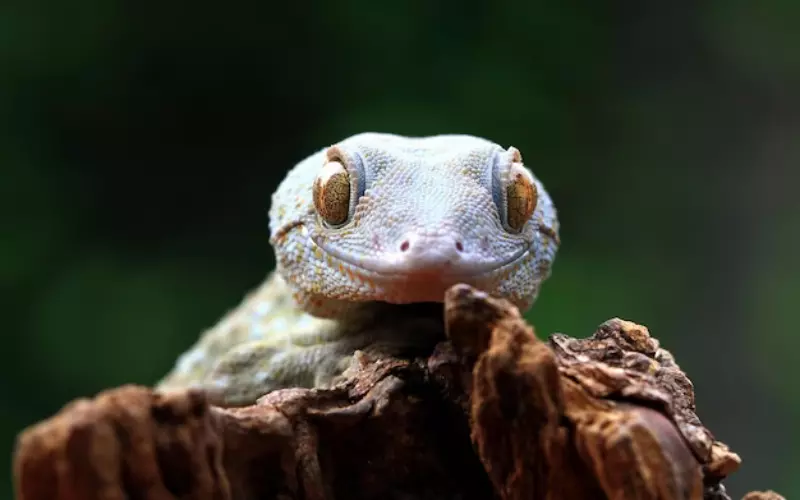
Lizards are fascinating creatures that can be found in different parts of the world. They have a unique diet that helps them survive and stay healthy. Lizards are known to be carnivores, which means they mainly eat meat. Their diet mainly consists of insects, spiders, and small animals like rodents and birds.
Insects are a very important part of a lizard’s diet. Lizards have a keen sense of sight and can quickly spot insects such as flies, crickets, and beetles. They use their long and sticky tongues to catch these insects and then swallow them whole. In fact, some lizards are so good at catching insects that they can easily eat hundreds of them every day!
Apart from insects, lizards also enjoy feasting on spiders. They patiently wait for spiders to come near, and when the time is right, they swiftly grab them with their sharp teeth. Lizards have strong jaws that allow them to bite into the tough exoskeleton of the spiders. This helps them gain the necessary nutrients and energy they need to survive.
While insects and spiders form a significant part of a lizard’s diet, some lizards are powerful enough to hunt and eat small animals, too. They catch mice, birds, and even other reptiles. With their sharp teeth and strong bodies, lizards can overpower these prey and ensure they have a balanced diet.
Lizards have a specialized diet that suits their predatory nature. They rely on insects, spiders, and sometimes even small animals to obtain the necessary nutrition. Their diet plays a crucial role in their survival, growth, and overall health. It’s truly fascinating how these small creatures are such skilled hunters in their unique way.
Locomotion of Lizard
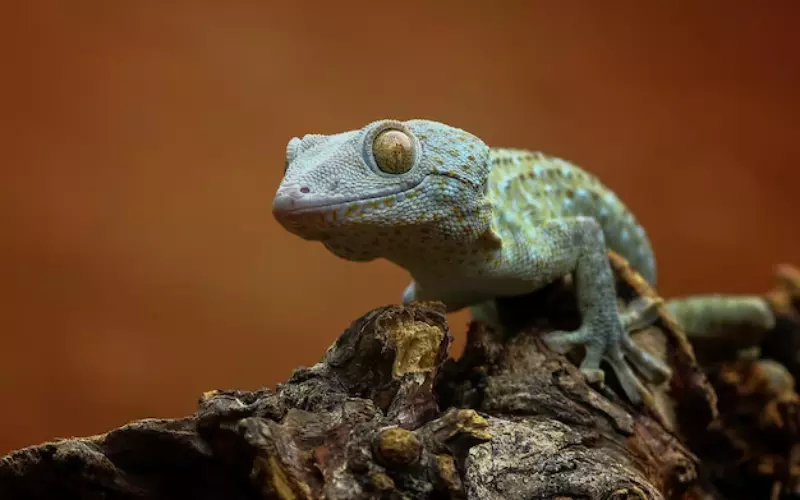
Lizards move in a unique way called locomotion. They have four legs that help them walk, run, and climb. When they walk, they move their legs in an alternating pattern, just like humans. Lizards can move quickly using their strong muscles, making them very agile. They use their sharp claws to get a good grip on objects, allowing them to climb trees or walls with ease. Some lizards can even stick to surfaces using tiny hair-like structures on their feet.
Lizards can also run. When they run, they lift their bodies slightly off the ground and move their legs quickly. This allows them to cover longer distances in a short amount of time. When lizards climb, they use their tails as a balancing tool. Their long and flexible tails help them maintain stability while they explore different surfaces. Overall, the locomotion of lizards is fascinating because they can move in various ways, adapting to different environments and situations.
Social and Sexual Behaviour of Lizard

Lizards, like many other animals, have interesting social and sexual behaviour. They engage in various behaviours to communicate with other lizards and find mates. Many lizards are territorial, which means they mark and defend their areas. They do this by performing displays, puffing up their bodies, and even fighting with other lizards. By doing these actions, they assert dominance and protect their territory from intruders.
When it comes to finding a partner, lizards have different strategies. Some lizards, such as chameleons, change colours to attract mates. This is like wearing fancy clothes to stand out. Other lizards, like the green anole, perform special movements or head-bobbing to catch the attention of potential partners. Once a male lizard finds a female, he may perform courtship rituals to show his interest. These rituals can involve dancing, vocalizing, or even offering food to the female.
After mating, female lizards usually lay eggs, although some give live birth. The young lizards hatch from the eggs or are born and then go on their own. Lizards do not take care of their offspring like mammals do. Each baby lizard must fend for itself from the very beginning. This makes it essential for the young to learn survival skills quickly, such as finding food and avoiding predators.
Lizards have intriguing social and sexual behaviours. They mark their territory and perform different displays to communicate and defend their space. Lizards also have various techniques to attract a mate, including changing colours, performing movements, and offering food. After mating, the female lays eggs or gives live birth, and the young lizards must learn to survive on their own. These behaviours help lizards thrive in their environment.
Reproduction and Lifecycle of Lizard
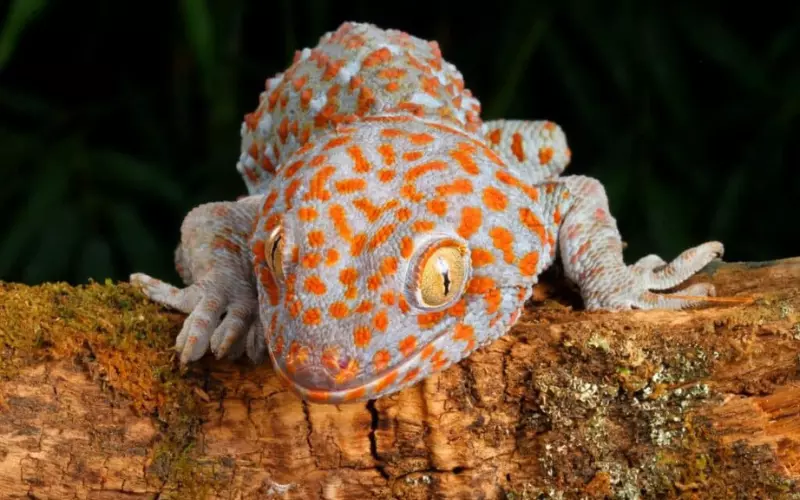
Lizards are fascinating reptiles that reproduce and go through a life cycle similar to other animals. They have a unique way of giving birth to their young, and they go through different stages of development.
The reproduction process of lizards begins with the male lizard trying to attract a female lizard. Male lizards often display bright colours or perform distinctive mating dances to get the attention of females. Once a female lizard is interested, the male and female engage in a mating process. The male lizard fertilizes the eggs inside the female lizard’s body.
After fertilization, the female lizard lays eggs either in the ground or inside a nest. Some species of lizards lay soft eggs, while others lay hard-shelled eggs. The eggs are then left alone by the parents, who do not provide any further care. The eggs need warmth to develop, so they rely on the heat from the sun or the ground to incubate. This process is called oviparity.
Inside the eggs, the baby lizards grow and develop until they are ready to hatch. This period of development is called the incubation period and can vary depending on the species of lizard. When the time is right, the baby lizards use an egg tooth to break out of their eggs. They emerge as miniature versions of their parents. From this stage, they continue to grow and develop, shedding their skin in a process called moulting. As they grow and mature, lizards become capable of reproducing and starting the life cycle anew.
Lizards reproduce by mating and laying eggs. The eggs are then left alone to develop until the baby lizards hatch. Once hatched, the baby lizards grow and go through various stages of development until they become adults capable of reproducing. It is truly fascinating to witness the reproduction and life cycle of these unique reptiles.
Threats to Lizard

Lizards are fascinating creatures that inhabit various parts of our world. However, they face several threats that endanger their existence. One significant threat to lizards is habitat destruction. As human populations grow, more land is needed for housing, agriculture, and infrastructure. This often leads to the destruction of lizard habitats, such as forests, deserts, and grasslands. Without suitable places to live, lizards struggle to survive and find food.
Another threat to lizards is pollution. Toxic chemicals and pollutants from industries, agriculture, and human activities can seep into the environment and harm lizards. These pollutants can contaminate the water, air, and soil, affecting the lizards directly or indirectly through the food chain. Pesticides used in farming, for example, can poison the insects that lizards feed on, leading to a decline in their food supply.
Lastly, invasive species pose a significant threat to lizards. When non-native species are introduced into an ecosystem, they can outcompete the native lizards for resources, such as food and shelter. Some invasive species even prey on lizards, further reducing their population. This can disrupt the natural balance and biodiversity of an area.
Human activities primarily drive the threats facing lizards. Habitat destruction, pollution, and invasive species all contribute to the decline of lizard populations. To protect these fascinating creatures, it is crucial to raise awareness about their importance in the ecosystem and promote sustainable practices that ensure their habitats remain intact. By working together, we can make a difference and help preserve these incredible reptiles for future generations.
Conclusion
Lizards are fascinating creatures that have been around for millions of years. They belong to a group of animals called reptiles and can be found in various parts of the world. These reptiles come in a wide range of sizes, from tiny geckos to enormous Komodo dragons. Despite their differences, all lizards share some common characteristics.
One interesting fact about lizards is that they can regenerate their tails. If a lizard loses its tail in a confrontation or accident, it can grow back a new one. This unique ability helps lizards escape from predators and survive in their natural habitats. Another important aspect of their lifestyle is their diet. Most lizards are carnivorous, which means they eat insects and other small animals. This makes them important in controlling the population of pests and maintaining the balance in their ecosystems.
Lizards can be found in various habitats, ranging from deserts to rainforests. They are skilled climbers and can be seen basking in the sun on rocks or tree branches. Some lizards are also good swimmers and can gracefully move through water. They are a diverse group of animals, with over 6,000 different species known to us. From chameleons that can change colour to camouflage themselves to the colourful and agile anoles, each species of lizard has its unique traits and adaptations.
Lizards are fascinating animals that have adapted to diverse environments throughout history. Their ability to regenerate their tails and their important role in controlling pests make them valuable members of ecosystems. Whether you find them scuttling across desert sand or climbing trees in a tropical rainforest, lizards continue to captivate our attention with their incredible diversity and unique characteristics.
Frequently Asked Questions about Lizard (FAQ’s)
What is a lizard animal?
A lizard is a reptile that belongs to the Squamata order.
How many species of lizards are there?
There are over 6,000 known species of lizards.
Where do lizards live?
Lizards can be found in almost every continent except Antarctica.
What do lizards eat?
Lizards have varied diets, but most species feed on insects, small mammals, or plants.
Do all lizards have tails?
Most lizards have tails, which serve various purposes like balance and defence.
Can lizards protect themselves?
Yes, lizards utilize various defence mechanisms, such as camouflage, biting, tail autonomy, and venom.
Are lizards dangerous to humans?
While most species of lizards are harmless to humans, some, like the Gila monster or the Komodo dragon, are venomous or can cause severe injuries.
How long do lizards typically live?
The lifespan of a lizard can vary depending on the species, ranging from a few years to several decades.
Can lizards change their colour?
Yes, many lizard species can change their colour to match their surroundings or regulate their body temperature.
Do lizards lay eggs?
Yes, most lizards are oviparous, meaning they lay eggs. However, some species give birth to live young.
Can lizards regenerate their tails?
Yes, some lizard species can regenerate their lost tails, but the regenerated tail might not be the same as the original.
Are lizards social animals?
Lizard species can exhibit varying degrees of sociability, with some being solitary and others forming complex social structures.
Can lizards communicate with each other?
Lizards use different forms of communication, including body postures, vocalizations, and chemical signals, to convey messages to other lizards.
Are lizards good climbers?
Yes, most lizard species are excellent climbers and can effortlessly scale trees, walls, and other surfaces using their sharp claws.
Can lizards swim?
Some lizard species are capable swimmers and can navigate through water using their tails as a propeller.
Do lizards hibernate?
While many lizard species brumate (enter a state similar to hibernation) during colder months, not all species hibernate. Some lizards are active throughout the year.

Hi there! I’m Morgan Gutierrez, and I love animals! I work as a Seasonal Animal Care Specialist at Brookfield Zoo and also teach people about animals, which is super fun. I studied at Valparaiso University in Lockport, Illinois, where I learned even more about these amazing creatures.
I’m not just about taking care of animals; I write articles about them, too! I explore and share many interesting animal stories, from cute kittens to giant elephants.
In the past, I’ve worked with veterinarians, helped with research, and even been an Animal Ambassador, bringing animals closer to people. Animals are my passion, and I enjoy helping others learn about them. So, if you ever want to know about animals, feel free to ask. I’ll explain it in a way that’s easy to understand, just like talking to a friend!

